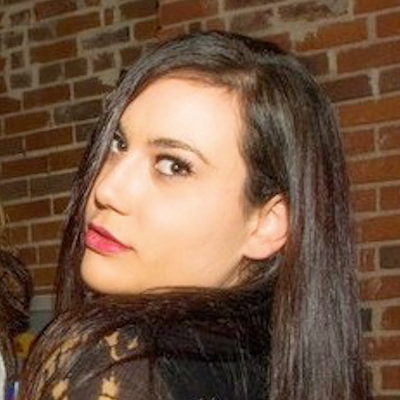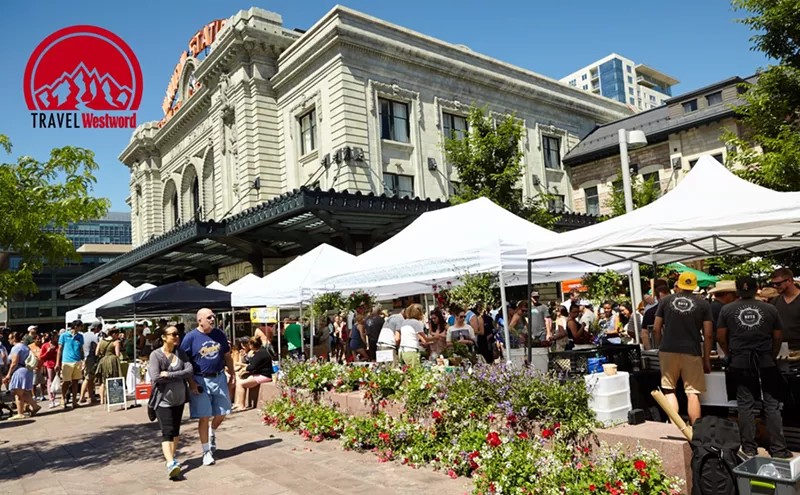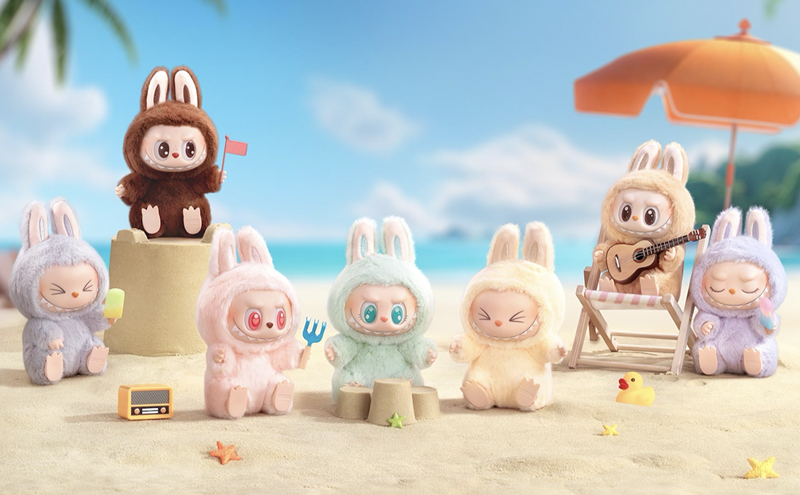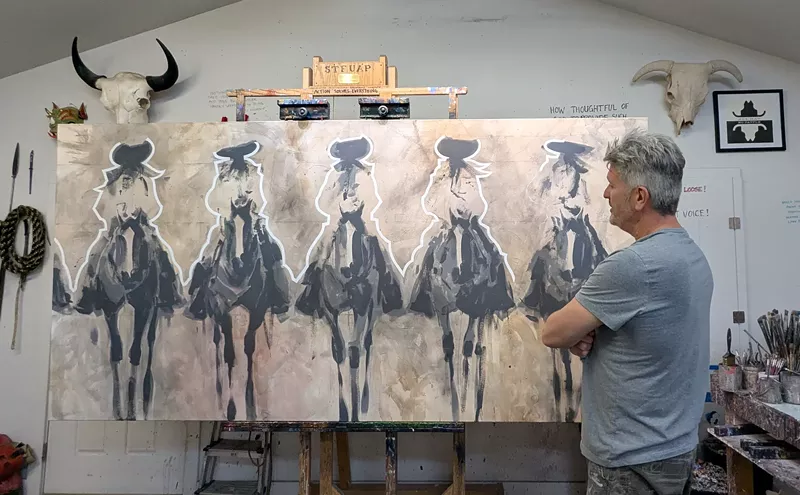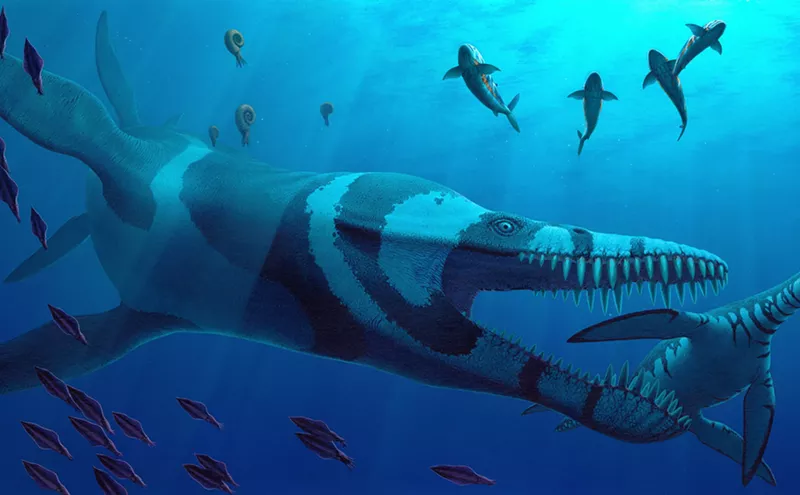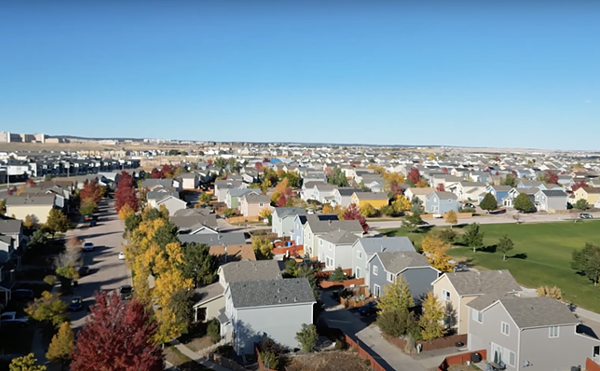Paul Hamilton owns one of the country's largest private collections of African art, which fills his three-story Five Points home: up the stairs, down in the basement, out in the garage. Over 800 artifacts are stashed into every crevice imaginable.
Artist and photographer Thomas Evans has brought Hamilton's collection to life in They Still Live, a photography and genealogy show premiering at RedLine, where Hamilton is a boardmember, on June 30. Along with photographer Tya Alisa Anthony, Evans has juxtaposed the old with the new, taking pieces from Hamilton's collection — intricate masks and African emblems — into gritty, urban spaces. The resulting photos are as surreal as they are striking, and range from family-style portraits by Anthony to Evans's shots that transport ancient African artifacts and modern African-American models to Colorado settings."Paul [Hamilton] has been collecting since like 1980," explains Evans. "Tya came to me around November of last year, because she went to RMCAD, she was touring RedLine, and then [she] came over to my studio at the Temple, across the street. Tya wanted to know more about my art, and then I told her about my project. She did a project on her genealogy. We just started collaborating on the different shoots; we went to Paul's house and started working from the models, picking masks. She got on the project and started killing it."
The project is sponsored by Ancestry.com, which adds another layer to the show's complexity. "It was really important and exciting to be bringing that collection out to the public through photography," says Evans. "But then you make it even more interesting because now you not only know about the masks, but you know about the models behind the masks through their DNA. I sent them [Ancestry.com] a photo of the first shoot we did, and they were like, 'Definitely, let's do it.'"
So Evans forwarded a saliva sample from each of the models to Ancestry.com, which responded with the unique story of each person's genetic history, surprising many of the models and adding to the meaning of the show.
In advance of the show's opening, we met with collector Hamilton and photographers Evans and Anthony to learn more about They Still Live.
Westword: What impact does African art have on modern art, and why do the lines blend so easily in this project?
Paul Hamilton: Modern art owes everything to African art, and modern artists don't know that and don't appreciate that. The creative freedom it gave people to do art — if they get a chance to revisit that, it's meaningful. With all the racism — and I use the term "white supremacy" — it gives a different flavor. You can say Picasso used African art as a highest level of art. Most people think of art as the highest level of civilization. If that's the case, then you can't think of art or African art as backward, or whatever discriminatory term was put on it in the past.
Why did you begin this project? You saw Paul Hamilton's collection and thought, how do I make these masks and artifacts modern?
Thomas Evans: One of the things I really wanted to home in on was knowing more about the model, and have that be interesting enough for the readers to investigate their own history. When I came back after doing my DNA test, I was talking to people, and one of my friends got hers tested. Her grandfather always told them they were part Native American, and then she did the test, and it was like, "No."
Part of the family just really didn't know, so the stories kind of became their "identity," but then when she got a test, she was like okay, she actually is from all these other countries, and she had no idea. I want that to be one of the things people take away, like, "Where am I from?" It questions identity, labels, race and stuff like that. Because some people are just a mix of everything. We form our identities to our heritage and our culture. They Still Live is making heritage accessible in a way that this city hasn't seen before.
The amount of pieces [Paul] has — he just wants to collect. He's just been collecting, collecting, so really it was an honor to get to work with these pieces that have so much historic value.
What was one of the craziest places you shot?
Evans: We did [the] Sand Dunes with DJ Cavem. It is beautiful down there. It's like, why is all this sand here? You can see in every different direction. It's really hard to go up there. Every three steps, you go back two; it's like quicksand. So I brought these sandals from Tanzania and the Wassai walking stick.
I love the one with Musa that we did; this was one of the first shoots we did. It was like, okay, this is a conversation with people with the different masks, through different times to now, so it's like a then-and-now. They still live.
What does They Still Live mean to you?
Evans: It's more than just a celebration of this artwork of our ancestors, but this project is saying they still live within you. And you really get to research exactly where you're from, and then see, okay, these items are from that area. It's kind of like when you see it; I just had that feeling that they still live. They still walk the earth, through us. Fa'al of Urbn Media, when I told him about the project, he said, "They still live," and I was like, "Yes." That's the name. It gives you this feeling that they still are with us and we are them. You learn so much about that one culture from each piece.
Tya Anthony: I do think more families should delve into their ancestry — with caution, of course, and the understanding that what they find may be a surprise. I believe it is important to one's identity to have a place to begin. What Evans and I are photographing are not only portraits, but more like a gateway to the possibilities of understanding one's heritage. It is a visual representation of pride and the discovery of oneself. I would like to believe we are sharing with our community the opportunity to discover what connects us to one another.
When did you first move to Denver, and when did you begin collecting artifacts?
Hamilton: I've been here since '69. I began collecting in 1980, and haven't stopped since. I have about 800 items.
Why was it important to you to give some of these pieces to Evans and Anthony to photograph?
Hamilton: Well, I'm a teacher, I'm an educator; I've been that for fifty years. I'm an old dude — I'm 75. And when I was growing up, if you called a black person black or African, you had a fight. It was that serious. I mean, it was bad.
As I started getting to a broader world, coming up to Denver (I grew up in Pueblo), I began to question and learn more, and as I asked questions, I found out that Africa wasn't Tarzan; it wasn't any of that which people preconceived it to be. I traveled to China, Africa, and got into art about thirty years ago. And then it began; the madness has lasted thirty years. There's no other way to describe it. It's compulsion, addiction — any of those terminologies are true.
Did you channel that energy, or feel in the shoot that you were doing something that would be bigger than yourself?
Anthony: Yes, I absolutely did channel energy from the artifacts, sculptures and art themselves, which inevitably connected me to my African heritage. I believe the premise of They Still Live has always been something bigger than myself.
How did your family react when you told them about the project?
Anthony: [Laughs.] My family plays a major role in the majority of my art and photography. As a child of a photographer, it is a family tradition that everyone is involved in the creation process — whether they like it or not. It is literally another day in the Anthony household. They were extremely interested immediately to find out their results, matter of fact.
What did you find out about yourself and your family history that surprised you?
Anthony: What surprised me the most was my Russian, Italian and Greek ancestry, as well as being only 1 percent Native American. I believed, as many African Americans believe, that we are connected more to Native American ancestry.
Why do you think the reaction to They Still Live has been so emotional? Could it be possibly more relevant to the current racial tension in Denver and in the United States as a whole?
Anthony: I think the reaction to They Still Live has been so emotional not only because of the current climate of our city, but our country as well as globally. There is a mass migration happening, and unfortunately, a majority of it is involuntarily due to the state of the European nations. The ideas of nationalism, identity and simply belonging have become major topics of discussion during this strenuous time. My heart goes out to all the families affected by the recent events in Orlando. Knowledge of self and heritage are extremely important to the foundation of one's beliefs, and I believe everyone can benefit from understanding one another a little better.
How do people get to find out the DNA results if they can't make it to the show at RedLine?
Evans: After the show, I'm going to upload all the results from the test. So if you're not in Denver and you wanted to check it out, you can check it out online. It was definitely a fun project for me, especially when the models get to find out where they're from. There's the background of the actual item we used, then the DNA test of the person in the photo below it.
Meet Paul Hamilton, Thomas Evans and Tya Anthony — and see the DNA results for every model in the collection — at the opening reception for They Still Live from 6 to 9 p.m. Thursday, June 30, at RedLine.

Audio By Carbonatix
[
{
"name": "GPT - Billboard - Slot Inline - Content - Labeled - No Desktop",
"component": "23668565",
"insertPoint": "2",
"requiredCountToDisplay": "2"
},{
"name": "STN Player - Float - Mobile Only ",
"component": "23853568",
"insertPoint": "2",
"requiredCountToDisplay": "2"
},{
"name": "Editor Picks",
"component": "17242653",
"insertPoint": "4",
"requiredCountToDisplay": "1"
},{
"name": "Inline Links",
"component": "18838239",
"insertPoint": "8th",
"startingPoint": 8,
"requiredCountToDisplay": "7",
"maxInsertions": 25
},{
"name": "GPT - 2x Rectangles Desktop, Tower on Mobile - Labeled",
"component": "24956856",
"insertPoint": "8th",
"startingPoint": 8,
"requiredCountToDisplay": "7",
"maxInsertions": 25
},{
"name": "Inline Links",
"component": "18838239",
"insertPoint": "8th",
"startingPoint": 12,
"requiredCountToDisplay": "11",
"maxInsertions": 25
},{
"name": "GPT - Leaderboard to Tower - Slot Auto-select - Labeled",
"component": "17676724",
"insertPoint": "8th",
"startingPoint": 12,
"requiredCountToDisplay": "11",
"maxInsertions": 25
}
]

